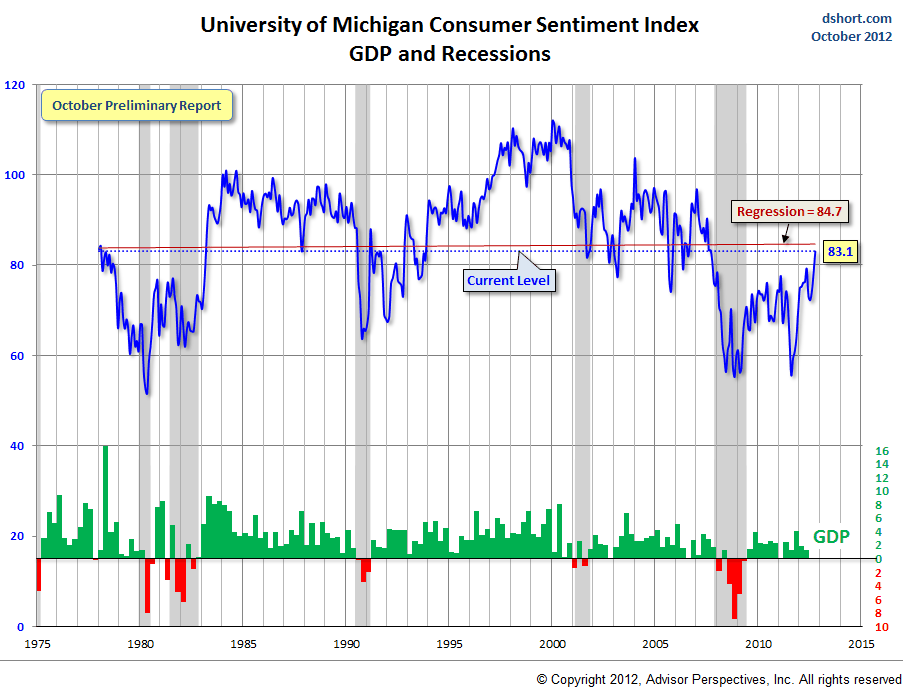With one quarter down, 2014 is getting off to a slow start with the S&P 500 Index (SPX) up 1.3%. But under the surface, we appear to have the beginnings of a major rotation underway.
The momentum stocks that led the market throughout 2013 and the first two months of 2014—social media and new technology stocks such as Facebook (FB), Twitter (TWTR), Pandora (P), Netflix (NFLX) and Tesla Motors (TSLA)—all suffered major corrections in March.
But investors are not simply shunning risk and running to defensive sectors. Emerging market equities endured a horrendous start to the year marked by a mini-currency crisis in Argentina and Venezuela, corruption scandals in South Africa and Turkey, a feared China “Lehman moment” and the Russian annexation of Crimea. Now, this sector has been quietly been enjoying a rally.
Investors appear to be returning to the sector after dumping it en masse in the first six weeks of the year.
I believe this is a trend that we can expect to see continue over the next 2-3 quarters. In 2013, investors came to view the U.S. as the “cleanest dirty shirt” among world markets. But even within the U.S. market, real growth was limited to a small number of new technology sectors. This had the effect of funneling investors into a handful of sexy “story stocks,” which sent the valuations of these momentum darlings well into bubble territory.
There is nothing inherently wrong with an aggressive momentum strategy, of course, and there is nothing wrong with trading a stock that you know to be vastly overpriced relative to its underlying fundamentals so long as you understand the risks.
If this is your style of trading, you have to have risk management in place and you have to have an exit strategy. The absolute worst thing you can do is “drink the Kool Aid” and convince yourself to believe the impossible—such as the notion that Tesla (TSLA), a company that sells as many cars in a year as General Motors (GM) in a weekend, deserves a market cap that makes it over half the size of General Motors.
Over a short trading time horizon, valuations don’t matter. The market is driven by sentiment and money flows. But over a longer time horizon, valuations most certainly do. In the immortal words of Warren Buffett, over the short-term the stock market is a voting machine. Over the long-term, it is a weighing machine.
Bringing us back to emerging markets, this is where the real value is today. Based on trailing earnings and book value, emerging markets as a group are undervalued by 20%–25% relative to their own histories of the past 18 years.
But more significantly, the discount in valuation between emerging markets and developed markets is just a hair below the crisis levels of 2008–2009—and not far from the levels seen during the last emerging-market crisis in 1998.
Has the “weighing machine” finally detected the value in emerging markets?
It’s starting to look that way. Regardless, I have been averaging into multiple emerging market positions in my Tactical ETF Portfolio.
In March I initiated or added to positions in the MarketVectors Russia ETF (RSX), the iShares MSCI Turkey ETF (TUR), the iShares MSCI South Africa ETF (EZA). Additionally, I have existing positions in the iShares China Large Cap ETF (FXI) and the DB X-Trackers Harvest China ETF (ASHR).
Separately, I continue to add to my position in mortgage REITs via the Etracs Monthly Pay 2X Leveraged Mortgage REIT ETN (MORL) in my Tactical ETF portfolio and via the Market Vectors Mortgage REIT Income ETF (MORT) in my Dividend Growth portfolio and Sizemore Global Macro portfolio.
Bond yields have stayed within the bands I expected (2.2%-3.2% on the 10-year Treasury), and I expect to see a basket of mortgage REITs outperform the S&P 500 on a total return basis in 2014.
My overall strategy for 2014 remains unchanged:
1. Overweight emerging markets
2. Overweight developed Europe
3. Within the U.S. market, overweight dividend-paying stocks and income-focused investments.
—-
DISCLAIMER: The investments discussed are held in client accounts as of March 31, 2013. These investments may or may not be currently held in client accounts. The reader should not assume that any investments identified were or will be profitable or that any investment recommendations or investment decisions we make in the future will be profitable. Past performance is no guarantee of future results.


